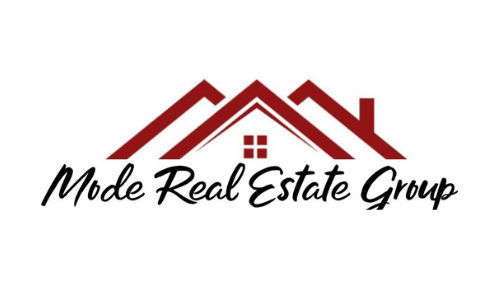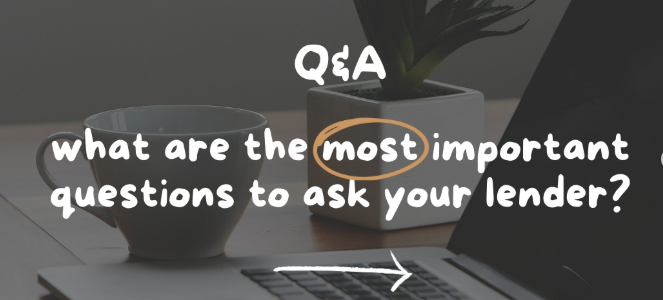Rolling a Credit Card Balance into a Cash-out Refi

There's certainly no shortage of articles about when and how to refinance. Whether or not to refinance a mortgage is a good thing or not is less about the actual interest rate and more about the monthly savings compared to the closing costs associated with getting the new mortgage to replace the existing one. When you hear advertisements on the radio or watch a TV commercial, mortgage companies talk about how low rates are and if you currently have a mortgage you should think about refinancing. The fact is that rates have been in their current range for so long that many who could benefit from a refinance have already done so.
HOW MUCH IS MY HOME WORTH TODAY?
But many of these same advertisements talk about rolling in high interest card debt into a new mortgage when refinancing. This transaction is called a 'cash out' refinance. The pitch sounds attractive. The average interest rate on all types of credit cards hovers near 20% while the average mortgage rate might be close to 2.5%. It's promoted as a 'no brainer' and it's easy to see why. 20% is more than 2.5%. But it's also important to dissect the possible benefits of a cash out refinance which you can do by speaking with your loan officer.
Let's look at some numbers together. Let's take an existing $250,000 mortgage with a 30-year fixed rate of 4.00%. If current 30-year rates are 2.5%, that works out to a pretty good savings, especially so if the existing note is relatively new. If the existing mortgage is fairly seasoned and well into the term of the loan, it might not be a good idea to refinance after all. Again, this is something to discuss with your loan officer.
But let's say you did the math and refinancing from 4.0% to 2.5% is in your best interest. No pun intended. On a new 30-year mortgage and $250,000 at 2.5% the monthly payment drops to $987. Now, what about refinancing that credit card balance of $15,000, completely paying off the card. Interest on this card is 20% and now you're essentially replacing that 20% with 2.5%. If you roll $15,000 into $250,000, the new mortgage is then $265,000. $265,000 at 2.5% yields a payment of $1,047, with an increase of $60 per month. That's much lower than the minimum current credit card payment.
Here's the thing to look out for. Yes, the total minimum payment is lower than the mortgage and credit when viewed separately. But you're also extending the term of the card payment out to 30 years. The $15,000 balance turns into $21,600. If you roll in an automobile loan and other outstanding credit balances the difference will be much greater. With $40,000 in credit card debt in the same scenario means a new monthly payment of $1,145. I'll let you do the numbers on this one, if you want.
One final note, if you do transfer credit card balances into a new mortgage and then run up the card balance once again, you've really not accomplished as much as you might have initially thought. If reducing credit payments each month is your goal, cancel those credit cards altogether after transferring the balance.













